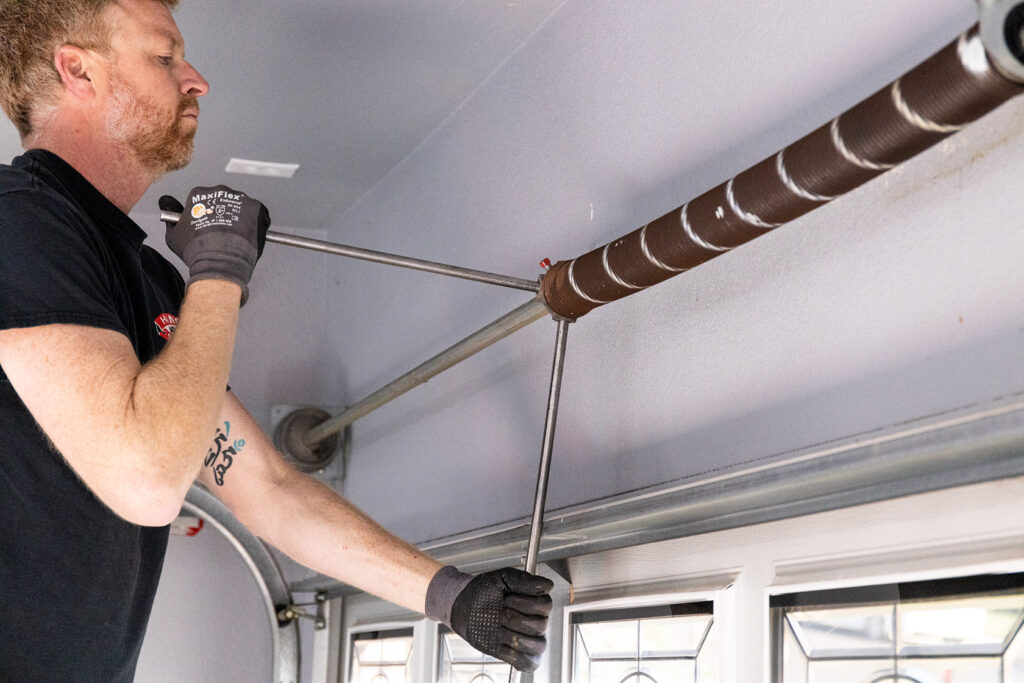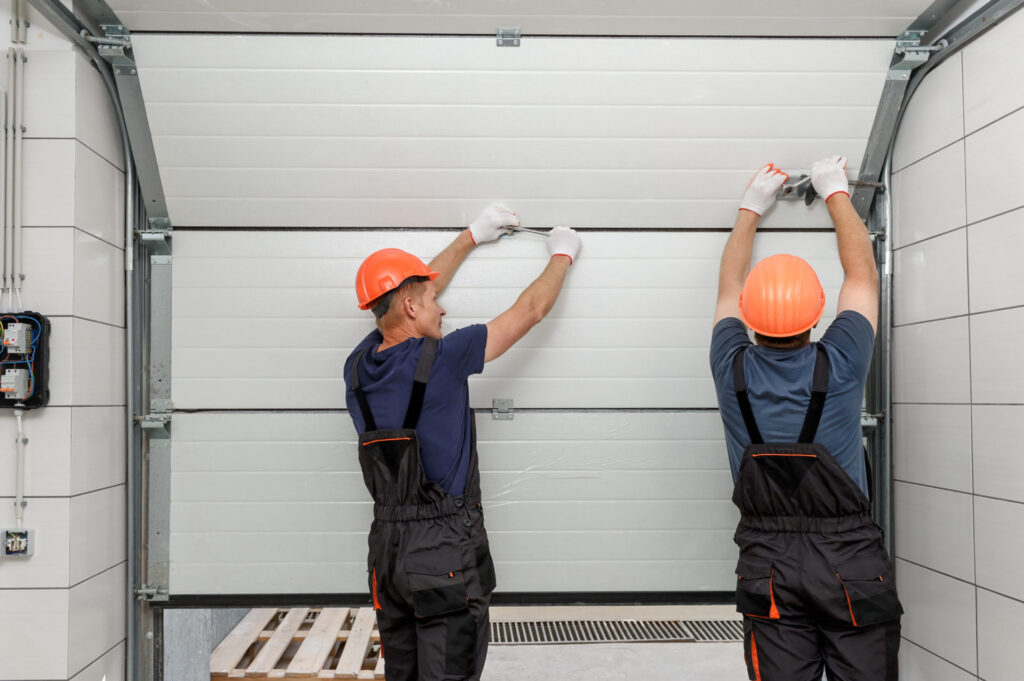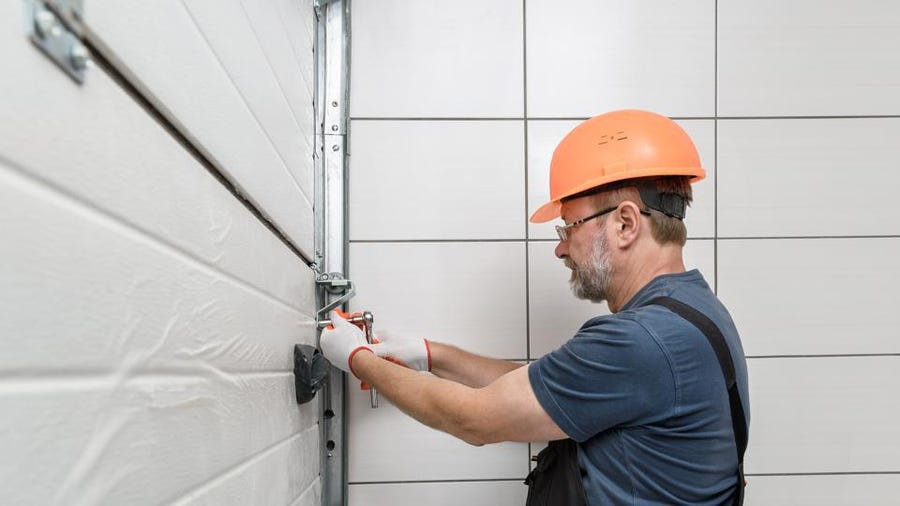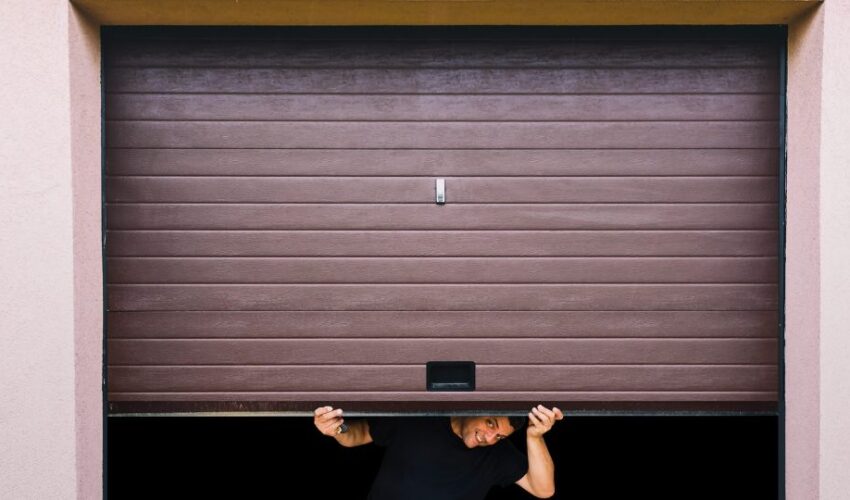Common Reasons Why a Garage Door Won’t Open or Close

Sensor Misalignment or Blockage
Broken Springs or Cables
Remote Control Failure
Power Supply Issues or Electrical Malfunctions
How to Troubleshoot a Garage Door That Won’t Open or Close

Step 1: Check the Sensors
Step 2: Test the Remote Control
Step 3: Inspect the Garage Door Springs
Why Professional Garage Door Repair Is Often Necessary
While some garage door issues can be resolved with basic troubleshooting, others require professional intervention. Garage doors are heavy and their mechanisms can be complicated, involving springs, cables, and electrical components. When DIY efforts don’t work, it’s time to call in a garage door repair service.

When DIY Troubleshooting Doesn’t Solve the Problem
How Professionals Can Diagnose and Fix More Complex Issues
Preventing Garage Door Malfunctions in the Future
Once you’ve resolved your current garage door problem, it’s essential to take steps to prevent future malfunctions. Regular garage door maintenance can save you time and money by identifying potential problems before they become major issues.

Regular Maintenance Tips
Why Scheduling Regular Professional Inspections Is Essential
Conclusion
Frequently Asked Questions
This could be due to misaligned sensors or something obstructing the sensor’s path. Cleaning or realigning the sensors often solves the problem.
If your garage door feels unusually heavy or won’t stay open, it’s likely that the spring is broken. A visual inspection can confirm this.
No, garage door springs are under high tension and can be dangerous to fix. Always call a professional garage door technician for this type of repair.
At least once a year, it’s a good idea to have a professional technician perform a garage door tune-up to ensure everything is working correctly.
This could be due to a lack of lubrication on the moving parts. Applying garage door lubricant to the hinges and tracks can help resolve the issue.
First, check the batteries in the remote. If that doesn’t solve the issue, try reprogramming the remote according to the manufacturer’s instructions.
This could indicate a problem with the garage door opener’s drive system, or it could be due to broken garage door springs.
Regular garage door maintenance, including cleaning the sensors, testing the remote, and applying garage door lubricant, can help prevent issues.

